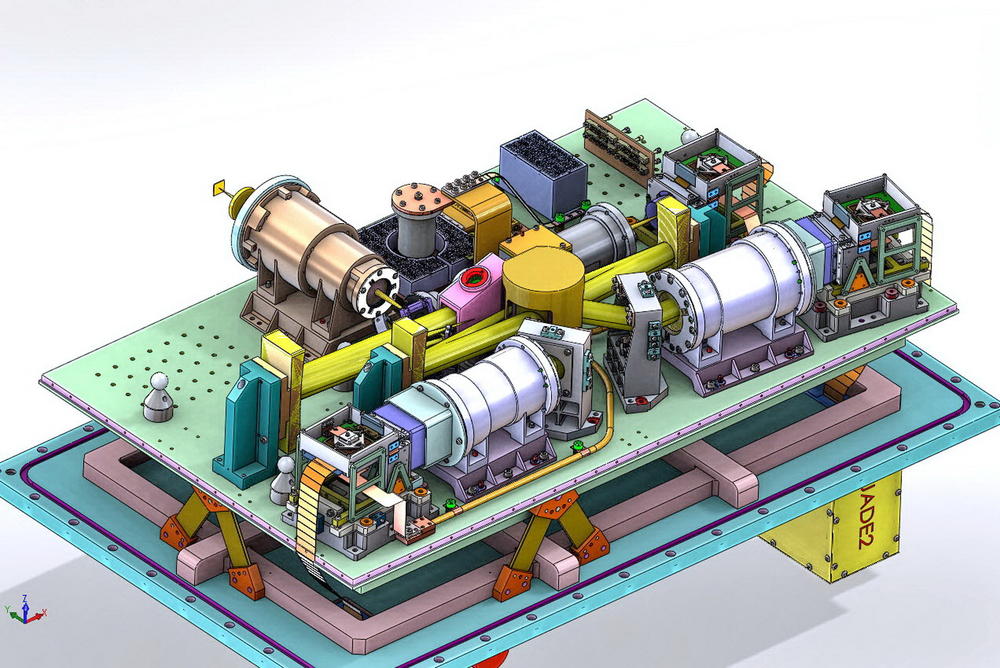
Capability Summary
Spectroscopy
- Total wavelength range: 1.45 - 2.45 micron in one exposure
- Resolution (R) = ~45,000
- No moving parts inside the cryostat: same spectral format
- Slit size: 0.34ʺ x 5ʺ
Guiding Options
- PWFS2
Please also see: https://sites.google.com/site/igrinsatgemini/
Capability
Proposal preparation
Observation preparation
Exposure time estimation
Data reduction
Announcements
Instrument Team
gs Instrument Scientist
